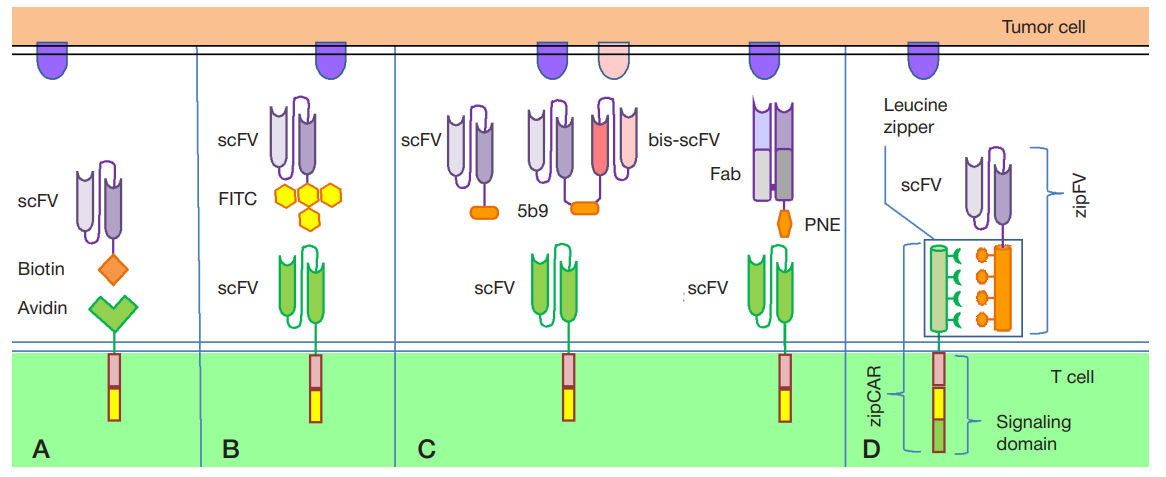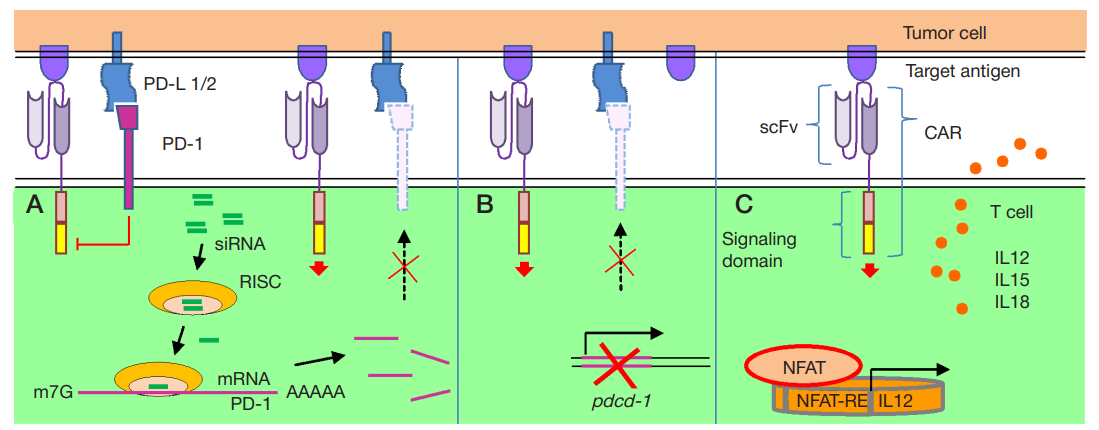
This article is an open access article distributed under the terms and conditions of the Creative Commons Attribution license (CC BY).
REVIEW
CAR T-cell therapy of solid tumors: promising approaches to modulating antitumor activity of CAR T cells
Russian Scientific Center for Roentgenoradiology, Moscow, Russia
Correspondence should be addressed: Yana Yu. Kiseleva
Profsoyuznaya, 86, Moscow, 117997; 89036728541 moc.liamg@avelesik.anay
Author contribution: Kiseleva YaYu analyzed the literature, prepared the draft of the manuscript, created the figures; Shishkin AM analyzed the literature and revised the manuscript; Ivanov AV analyzed the literature and revised the manuscript; Kulinich TM revised the manuscript; Bozhenko VK revised the manuscript.


